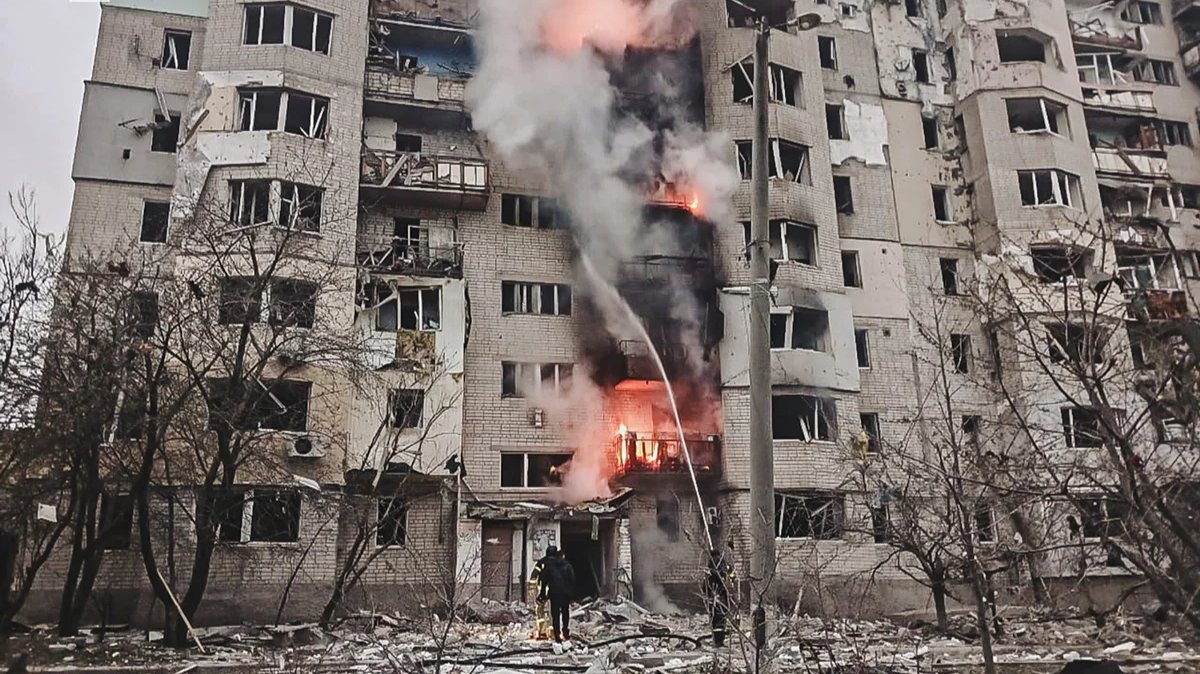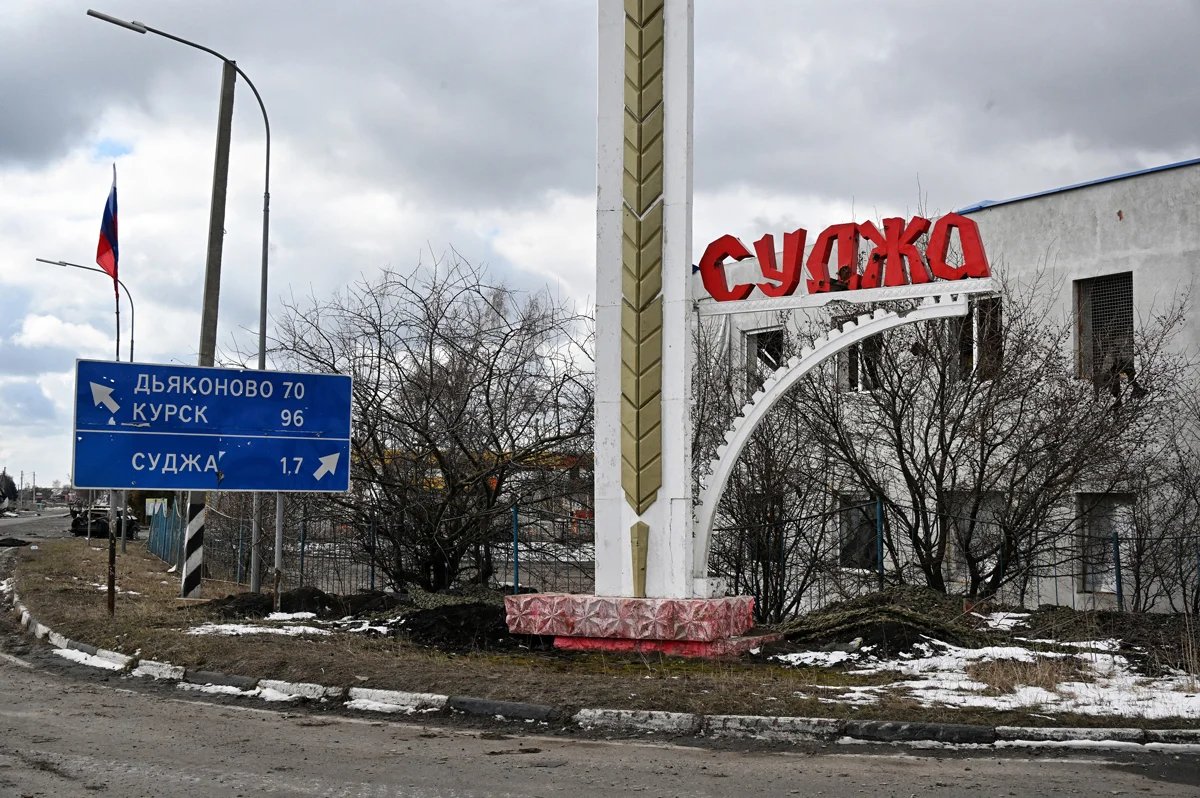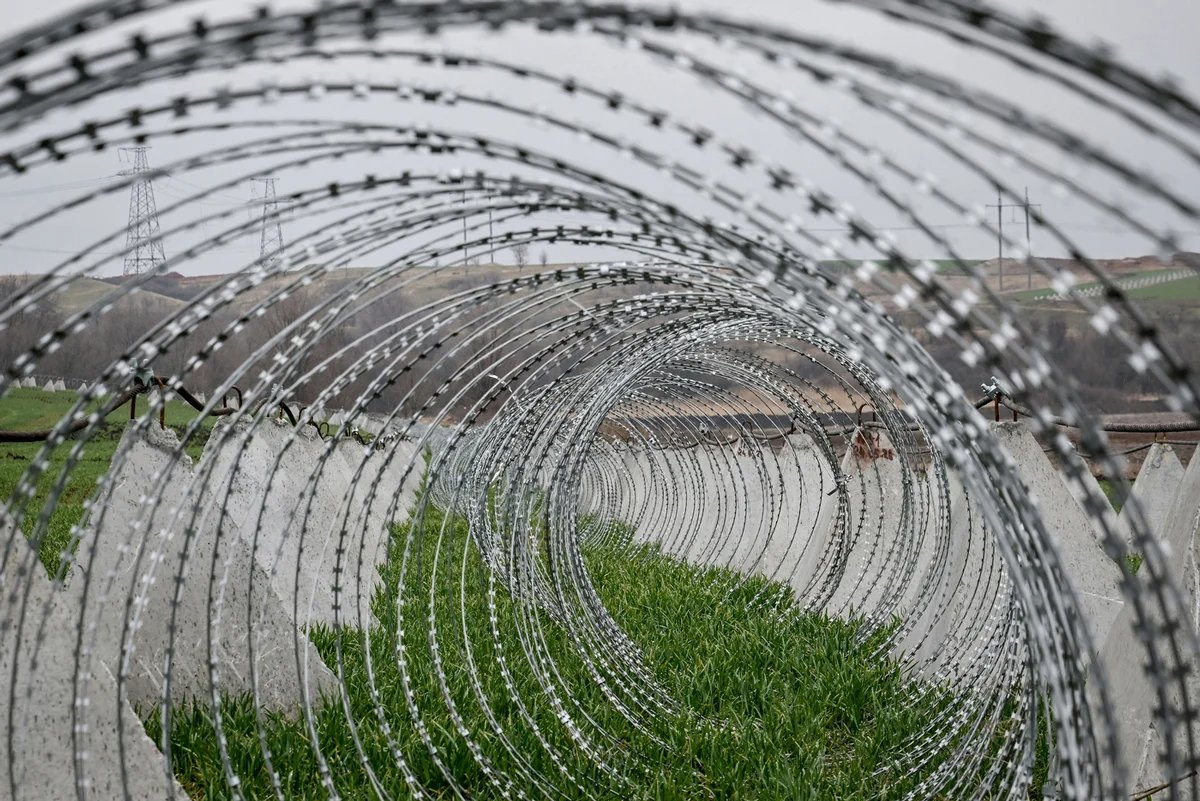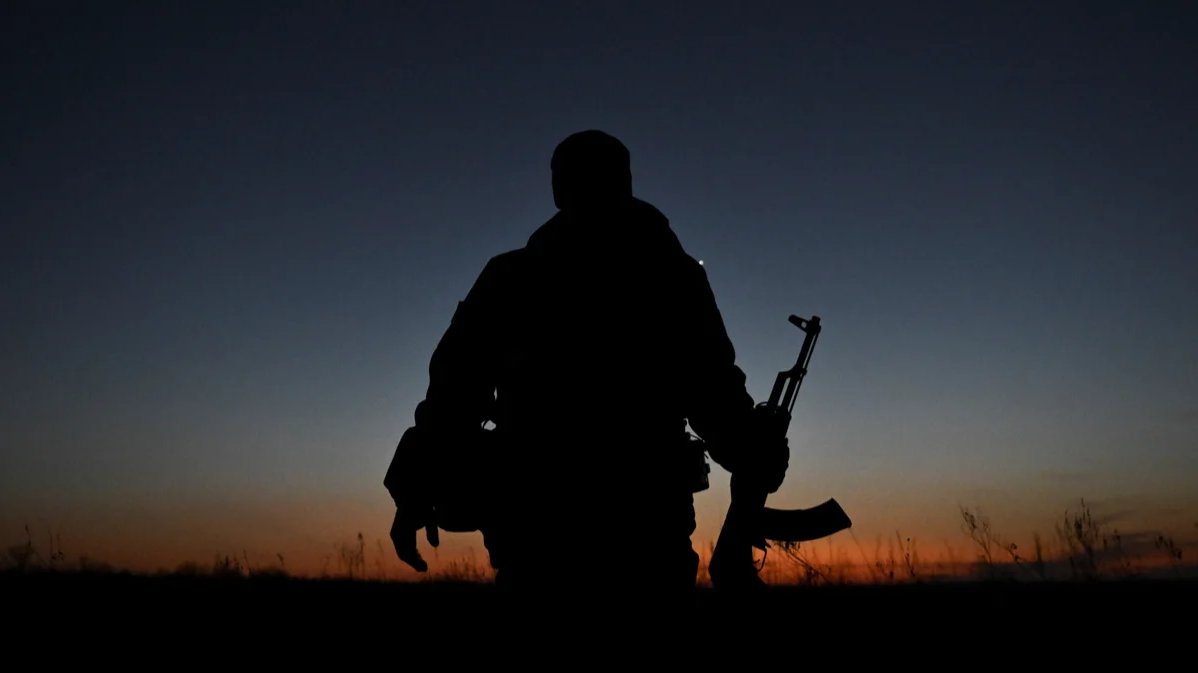A major Russian offensive in Ukraine’s Sumy, Kharkiv and Zaporizhzhia regions may already be underway despite recent US-led moves towards negotiating a ceasefire and beginning peace talks. Nevertheless, there has been little change on the frontline in Ukraine so far, with both sides engaged in bloody battles yet unable to penetrate deep behind enemy lines.
The Commander-in-Chief of the Armed Forces of Ukraine (AFU) Oleksandr Syrskyi said on Wednesday that a long-predicted new Russian offensive in northeastern Ukraine was now underway, claiming that Russian offensive activities in the area had nearly doubled in the past week.
However, there is currently little to no change on the frontline in Ukraine, according to Ukrainian project DeepState, which publishes constantly updated maps of the war zone in real time.
The Russian army has long focused on its offensive in eastern Ukraine’s Donetsk region, much of which remains under AFU control, Israeli military expert David Sharp told Novaya Europe. For months now, the Russians have been trying unsuccessfully to capture the cities of Toretsk and Chasiv Yar, both of which it needs to control before it can seriously mount an offensive on the city of Pokrovsk, Moscow’s main prize in the Donetsk region, the capture of which would herald its full control of Donbas.

The aftermath of shelling in Kupyansk, Kharkiv region, Ukraine, 6 April 2025. Photo: Ukrainian Emergency Services
The area around Pokrovsk is currently the scene of the heaviest fighting on the Ukrainian frontline, military researcher Kirill Mikhailov told Novaya Europe. “Although the Russian advance in the area has stopped, bloody attacks continue. The Ukrainians are actively counterattacking, stopping the Russians from seizing any new territory.”
Russia is now stepping up its offensive activities near Pokrovsk and Toretsk, Sharp continued, noting that Russia attempted to take control of Pokrovsk from the flanks while actively attacking settlements to the south of the Donetsk region, on the border with Zaporizhzhia region. “The AFU liberated several settlements in that area in 2023. Russia is now trying to get them back,” Sharp said, adding that while there was a risk that Russian forces could break through Ukrainian defences, it was still “too early” to talk about that.
The AFU has recently launched several relatively successful counterattacks near Pokrovsk, making it more difficult for the Russians to encircle the town, something they have been trying to do since late 2024 but have always failed to achieve, having been unable to cut off the main AFU supply route in the area, military analyst and former Ukrainian intelligence officer Ivan Stupak notes.
“The AFU are doing well counterattacking and squeezing the enemy out of areas they’re occupying,” Roman Svitan, a military expert and AFU reserve colonel, agreed.
Sorting out priorities
Yet the AFU could be in more significant danger in the Kharkiv region, Stupak said, pointing to Russian attempts to ”effectively encircle” the city of Kupyansk and cut off the road to Ukraine’s second city of Kharkiv, which has come under near-constant attacks since the start of the full-scale invasion.
The Kharkiv region remains less of a priority to the Russians now than Pokrovsk and its surroundings, Svitan notes, adding that Russia would also continue to apply pressure on the cities of Toretsk and Chasiv Yar, on the other side of the region.
Arguably the most difficult situation for Ukraine today is in the Sumy region, says Stupak, where Russian troops broke through the border and advanced up to 6 kilometres into Ukrainian territory after their counteroffensive in Russia’s western Kursk region, as they pushed to expel the remaining Ukrainian troops from its border areas.
Once Russia expels the final AFU troops from the Kursk region, Mikhailov predicts it will attempt to gain a foothold in the Ukrainian village of Basivka, a few kilometres inside the Sumy region, where fighting is ongoing.

The entrance to Sudzha, Kursk region, Russia, 19 March 2025. Photo: Anatoly Zhdanov/Kommersant/Sipa USA/Vida Press
“I assume the Russians are attempting to bypass the remaining AFU units in the Kursk region from different sides, surrounding them and either forcing them to retreat behind their own borders or destroying them or taking them prisoner,” Stupak says. “They may also try to get closer to the city of Sumy, which they are already able to hit with glide bombs.”
Meanwhile, the AFU is attempting to engage Russian troops previously fighting in the Kursk region to stop them being transferred to other flashpoints elsewhere on the frontline, namely by making a dent in Russian defences in the next door Russian border region of Belgorod, Mikhailov notes, pointing out that so far the Ukrainians had been successfully engaging Russian reservists there.
The waiting game
Ukraine’s northern Sumy region is not an obvious target for Moscow, Sharp notes, despite both Zelensky and Syrskyi mentioning it alongside the Kharkiv and Zaporizhzhia regions as the prime targets of a fresh Russian offensive. The area is quite difficult to attack due to its large number of rivers and other bodies of water, as well as its thick forests, which can easily be made into defensive lines, and Russia would need to deploy tens of thousands of soldiers to storm the regional capital, also called Sumy. Sharp added that Russia’s military commanders couldn’t take the continuing support of North Korean troops for granted either.
Sharp said he believed that Zelensky’s public statements predicting an imminent Russian offensive in the area could be “politically motivated” or “an attempt to muddy the waters”, noting that the Ukrainian president had made similar predictions about a potential Russian attack launched from the Kursk region, which turned out to be groundless, shortly before the AFU began their own incursion into the Kursk region in August.
“Many Ukrainian officials warned of the danger of Russia invading the Sumy region from the Kursk region. However, it soon became clear that Russia didn’t even have troops there … to defend the area,” Sharp said.
However, Yan Matveyev, a military analyst with Alexey Navalny’s Anti-Corruption Foundation (FBK), says that the Russian military would soon have large numbers of troops at its disposal once the mission to clear the Kursk region of Ukrainian servicemen is complete, freeing up anywhere from 20,000 to 30,000 experienced soldiers.
“The Russian army works according to schedule,” Matveyev says. “Another lull is coming to an end. If negotiations fail or don’t conclude soon, the Russian army will launch a large-scale spring offensive, using reserves and troops from the Kursk region.”
“Some Russian troops from the Kursk units have now been freed up. Some will be sent to the Belgorod region to stop the Ukrainian offensive there, but many are now in reserve. They could be transferred to the Zaporizhzhia region,” Stupak agrees.

Barbed wire and anti-tank traps in a field of barley in the Zaporizhzhia region, Ukraine, 17 March 2025. Photo: Dmytro Smolienko / Ukrinform / ZUMA Press Wire / SplashNews.com / Vida Press
The Russian army is now gathering resources for a new offensive, currently pausing to redeploy new units and train new recruits, Svitan notes, adding that he believes its main goal should be capturing as much of the Donetsk and Luhansk regions as possible, while staging tactical attacks in the Zaporizhzhia and Kherson regions to divert AFU reserves.
Svitan expects the beginning of a large-scale Russian offensive in the Donbas in late May or early June.
“Putin thinks that the longer the war lasts, the worse the situation for Ukraine will be, meaning Russia will win this war of attrition,” says Sharp.
But recent progress on the frontline has been the slowest since June, Mikhailov points out. “Both sides are experiencing problems with personnel, and Russia has a serious shortage of equipment. The Russian army probably won’t be able to keep attacking for long at its current pace,” — which, in turn, would lead to yet more stalemate on the frontline.
Join us in rebuilding Novaya Gazeta Europe
The Russian government has banned independent media. We were forced to leave our country in order to keep doing our job, telling our readers about what is going on Russia, Ukraine and Europe.
We will continue fighting against warfare and dictatorship. We believe that freedom of speech is the most efficient antidote against tyranny. Support us financially to help us fight for peace and freedom.
By clicking the Support button, you agree to the processing of your personal data.
To cancel a regular donation, please write to [email protected]

